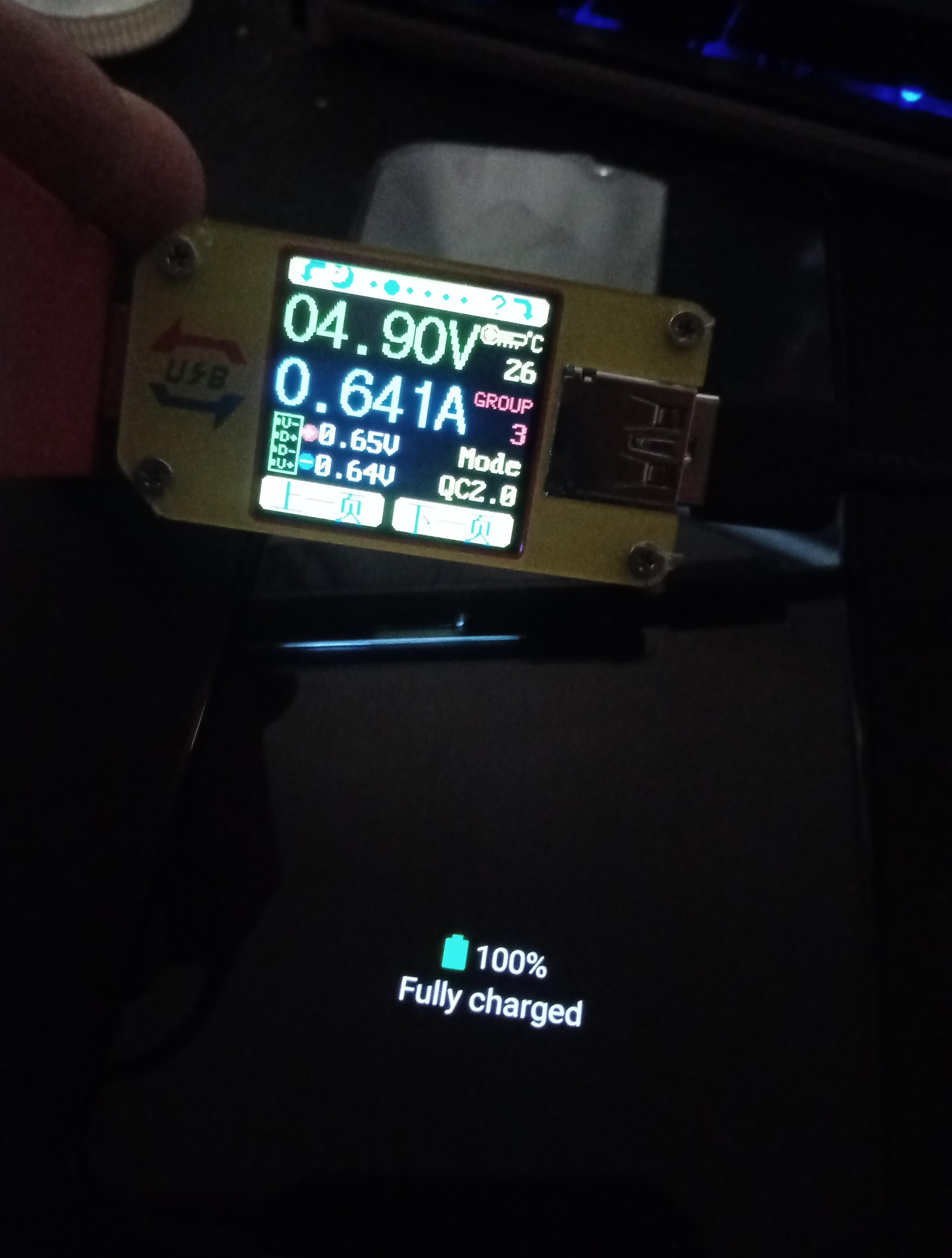flippy said:
I have no idea who you're arguing with. We never debated how PSUs or chargers work. They're both CC/CV devices, but a charger has additional safety features we've already established.
You keep ignoring reality:
fatty said:
1) PSUs don't refuse to charge damaged overdischarged batteries (< U1)
2) PSUs don't safe slow-charge deep-discharged batteries (between U1 and U2)
And if a pack is damaged and can't get to U2, the charger doesn't just pump huge current into the damaged pack.
No, a charger doesn't just pump huge current into the overdischarged pack -- it limits current to I1:
charger.png
How does this forum get by without an ignore function? Do people realize have the posts are nonsense and just leave?



